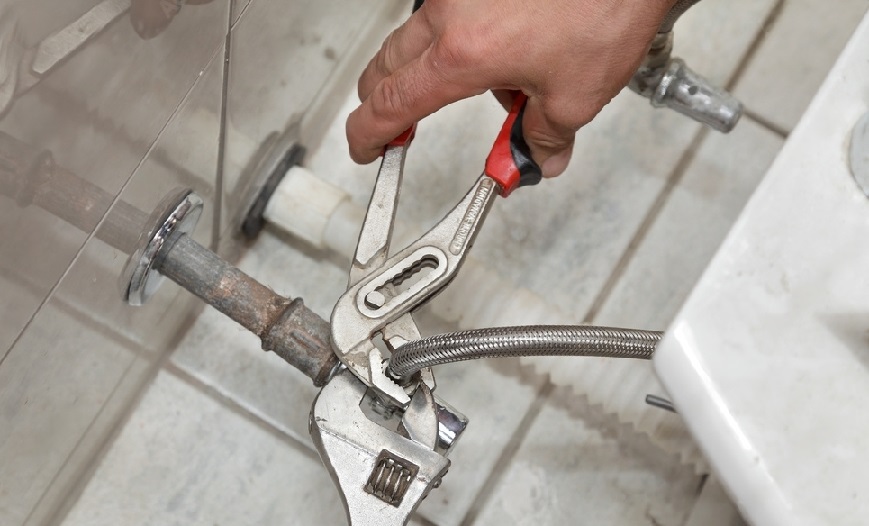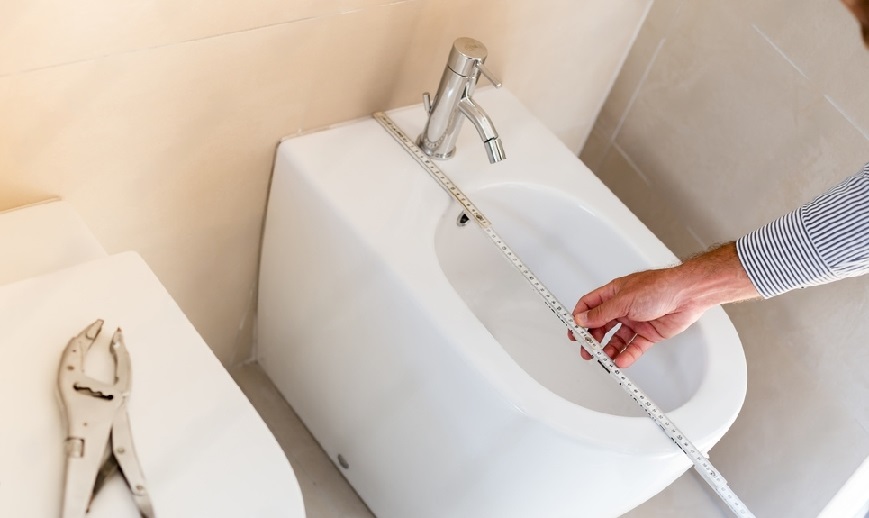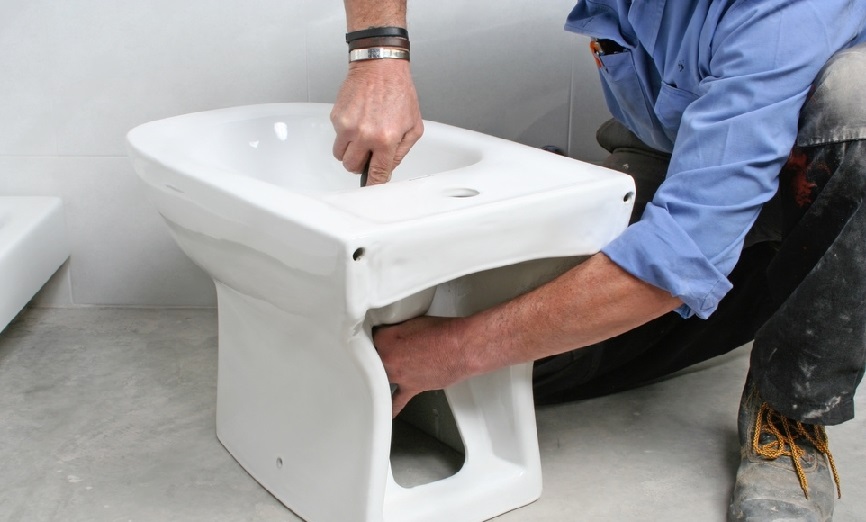Table of Contents
Introduction
Bidets are fantastic additions to any bathroom, providing a refreshing and hygienic cleansing experience. However, like any other appliance, bidets can encounter issues over time. Various issues can arise from water pressure problems to leaks and malfunctioning nozzles. But fear not! With a little DIY know-how, you can tackle these common bidet problems and save money on professional bidet repair. This comprehensive guide’ll walk you through troubleshooting and fixing common bidet issues.

Understanding Bidet Basics
Before we dive into the nitty-gritty of bidet repair, let’s take a moment to understand what a bidet is and how it works. A bidet is a plumbing fixture designed for personal hygiene, particularly after using the toilet. It typically features a nozzle that sprays water to cleanse the genital and anal areas. Bidets come in various types, including standalone fixtures, toilet seat attachments, and built-in units.
Common Bidet Issues and Troubleshooting
Identifying the Problem
The first step in repairing a bidet is identifying the issue. Common problems include low water pressure, leaks, nozzle malfunctions, and electrical issues. Take note of any symptoms your bidet is exhibiting, such as weak spray, dripping water, or no water flow at all.
Checking for Obstructions
Sometimes, the solution to a bidet problem is simple: there may be an obstruction blocking the water flow. Inspect the nozzle and water inlet for any debris or mineral buildup. Use a soft brush or cloth to gently clean the affected areas.
Testing Water Supply
If your bidet is experiencing low water pressure or no water flow, it could be due to a problem with the water supply. Check that the water shut-off valve connected to the bidet is fully open. Additionally, inspect the main water supply to ensure there are no issues with water flow to the bathroom.

Repairing Water Pressure Issues
Adjusting Water Valve
If your bidet is experiencing low water pressure, you may need to adjust the water valve. Locate the valve connected to the bidet’s water supply and turn it clockwise to increase the water flow. Be careful not to turn it too tight, as this could damage the valve.
Cleaning Filters
Another common cause of low water pressure in bidets is clogged filters. Many bidet models are equipped with filters to prevent debris from entering the nozzle. Locate the filter and remove it from the bidet. Clean it thoroughly under running water to remove any buildup, then reinsert it into the bidet.
Fixing Leaks
Removing or Tightening Connections
Leaky connections are a common issue in bidets, especially around the water inlet and nozzle. Inspect these connections for any signs of leakage, such as dripping water or moisture. If you notice a leak, try tightening the connection using a wrench or screwdriver. If tightening the connection doesn’t solve the problem, you may need to replace the seal or gasket.
Replacing Seals
If tightening the connections doesn’t stop the leak, the seal or gasket may be worn or damaged. To replace the seal, turn off the water supply to the bidet and disconnect the affected connection. Remove the old seal and replace it with a new one of the same size and type. Reconnect the connection and turn on the water supply to test for leaks.

Repairing Nozzles
Cleaning Nozzles
If your bidet’s nozzle is not functioning properly, it may be due to a buildup of debris or mineral deposits. Remove the nozzle from the bidet and soak it in a mixture of warm water and mild soap. Use a soft brush or cloth to gently scrub away any buildup, then rinse the nozzle thoroughly with clean water.
Realigning Nozzle Position
In some cases, a malfunctioning bidet nozzle may simply be out of alignment. Check the nozzle’s position and adjust it as needed to ensure proper aim and coverage. Most bidet nozzles can be easily adjusted by hand or with a wrench.

Handling Electrical Problems
Checking Power Source
If your bidet is equipped with electrical components, such as a heated seat or air dryer, and is not functioning correctly, the first step is to check the power source. Ensure that the bidet is plugged into a working electrical outlet and that the outlet receives power. If the outlet is working but the bidet is still not functioning, there may be an issue with the bidet’s internal wiring or components.
Inspecting Wiring
If you suspect a problem with the bidet’s wiring, it’s best to consult a professional electrician for assistance. However, if you’re comfortable working with electrical systems, you can carefully inspect the bidet’s wiring for any signs of damage or wear. If you notice any frayed wires or loose connections, repair or replace them as needed.
Replacing Components
If all else fails and the bidet’s electrical components are still not functioning correctly, you may need to replace them. Contact the manufacturer or a qualified technician to obtain replacement parts and instructions for installation.

Maintenance Tips
Maintaining your bidet regularly can help prevent common issues and prolong its lifespan. Here are some maintenance tips to keep your bidet in top condition:
-Regularly clean the bidet nozzle and water inlet to prevent the buildup of debris and mineral deposits.
-Inspect the bidet’s connections and seals for signs of leakage and tighten or replace them as needed.
-Check the water shut-off valve and main water supply regularly to ensure proper water flow to the bidet.
-If your bidet has electrical components, such as a heated seat or air dryer, follow the manufacturer’s maintenance and safety precautions instructions.
Safety Precautions
When repairing or maintaining your bidet, it’s essential to prioritize safety. Here are some safety precautions to keep in mind:
-Always shut off the water supply to the bidet before attempting any repairs or maintenance.
-Avoid touching electrical components if you’re unfamiliar with electrical systems, and consult a professional if necessary.
-Use proper tools and safety equipment, such as gloves and goggles, when working with plumbing or electrical systems.

Conclusion
With a little DIY know-how and some basic tools, you can tackle common bidet problems and keep your bidet in tip-top shape. By following the troubleshooting and repair steps outlined in this guide, you can save time and money on professional repairs while ensuring a refreshing and hygienic cleansing experience in your bathroom. Remember to prioritize safety and regular maintenance to prevent future issues and prolong the lifespan of your bidet. Happy repairing!
